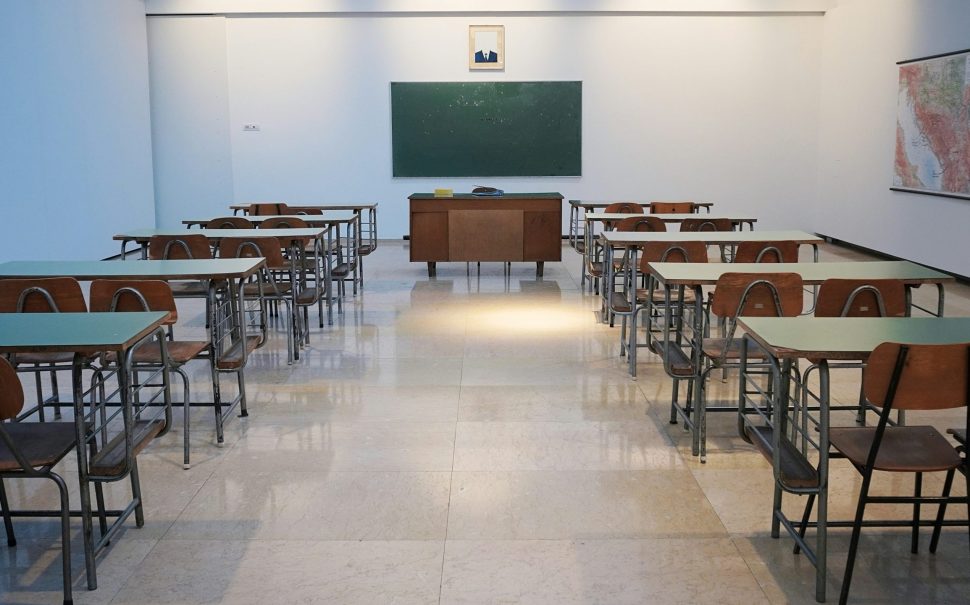Tameside state secondary schools had the lowest attendance and the highest unauthorised absence rate in Greater Manchester for the 2024/25 spring term, data from the Department for Education revealed.
Between 6 January and 12 April 2025, the borough’s state secondary schools had an unauthorised absence rate of 5.5% – this is 42% higher than the regional average and 66% higher than the national average.
An absence from school is considered unauthorised when the school has not given permission for a pupil not to be in, such as a family holiday or a shopping trip.
The biggest reasons for low attendance are emotional-based avoidance, holidays during term time, and schools taking a harder stance on whether mild illnesses are a good enough reason for students to stay at home.
A Tameside Council spokesperson said: “Tameside schools have systems in place to appropriately challenge reasons for absence to ensure that children are able to access their full educational entitlement.
“This has resulted in a higher than average unauthorised absence rate across its secondary schools and an illness rate lower than any other GM borough.”
However, Tameside had an overall attendance of 90.3% – the lowest of all Greater Manchester boroughs.
The council said: “Tameside Council recognises that attendance in secondary schools is lower than where it ought to be.
“The council is working closely with its secondary schools and Multi Academy Trust partners to improve attendance across the borough through termly targeting support meetings as part of its statutory duties from Working Together to Improve School Attendance guidance.”
Why is attendance important?
School teacher Rachel* said attendance is important because students cannot learn the curriculum if they are not at school.
Rachel said schools are often apprehensive to discuss attendance issues, especially since the Department for Education (DfE) released its Working Together to Improve School Attendance guidance in August 2024, which provides statutory instructions for schools.
She said schools are now required to closely monitor attendance and send their records to the government every day.
Rachel said: “Schools get summary reports every half term which talk about attendance, but to be honest we already know it.
“The government at the moment is really hot on it. Ofsted is really hot on it.
“But we can’t make children come to school. It’s a bit of a contentious issue.”
To encourage high attendance, the government’s guidance suggests that teachers praise and reward improvements in attendance, so long as this is done sensitively and without discrimination.
Rachel said: “We reward 98% plus attendance at the end of every term rather than 100%, and that’s with a voucher.
“It’s not fair to penalise the child and the class if they’ve got something that’s ongoing.
“I wouldn’t say there’s sanctions as much, but we do look at children that aren’t there.”
When a student’s attendance hits 95% the school will send a letter home to see if there’s anything they can do.
If attendance falls further, a second letter is sent to invite the student’s parents to a meeting.
She said: “When they get to 90% they’re called a persistently absent child, and that means that they’re not getting the full entitlement to the curriculum.
“That is a worry, and that’s when we start to take a bit more action.”
What is emotional-based school avoidance?
A pupil is considered to have an emotional barrier to school attendance if they experience strong emotional reactions – most commonly anxiety – to educational settings, preventing them from attending school.
This is one of the biggest factors affecting attendance, especially since the pandemic, as Rachel confirmed.
She said: “Children didn’t need to go to school during Covid because they could do it online.
“There is a sort of switch: do we actually need to send them to school or can they do just as much from home? And that’s a difficult one.”
Rachel said secondary schools have a harder time encouraging attendance compared to primary schools, where attendance is largely the responsibility of parents.
Furthermore, some schools are more lenient with labelling mild illnesses as authorised.
She said: “If a parent will ring me up and say ‘my child’s got a cough or a cold,’ then I do ring them back and say to send them. They’ve got to be a bit more resilient than that.”
Family holidays taken during term time
Students take holidays in term time quite often, Rachel said, and this is another factor leading to high rates of unauthorised absences.
Schools issue penalty notice fines when a student misses 10 sessions, or five days, of school over a period of 10 school-weeks for unauthorised reasons.
However, Rachel doubted whether a fine is an effective deterrent, as it still is cheaper to pay a fee and go on holiday during term time.
She said: “Parents will say a fine might cost me £200, but the holiday is £800 cheaper, so they think it’s still worth it.”
This issue is present elsewhere in Greater Manchester – Manchester City Council handed out 3,438 fines for unauthorised absences from secondary schools during the 2023/24 academic year, a freedom of information request revealed.
The Working Together to Improve School Attendance guidance states that money from fines should first be used to fund the penalty notice system and prosecutions, with surplus spent on attendance support, and any remaining funds at the end of the year must be paid to the Secretary of State.
*not her real name
Featured image: Unsplash




